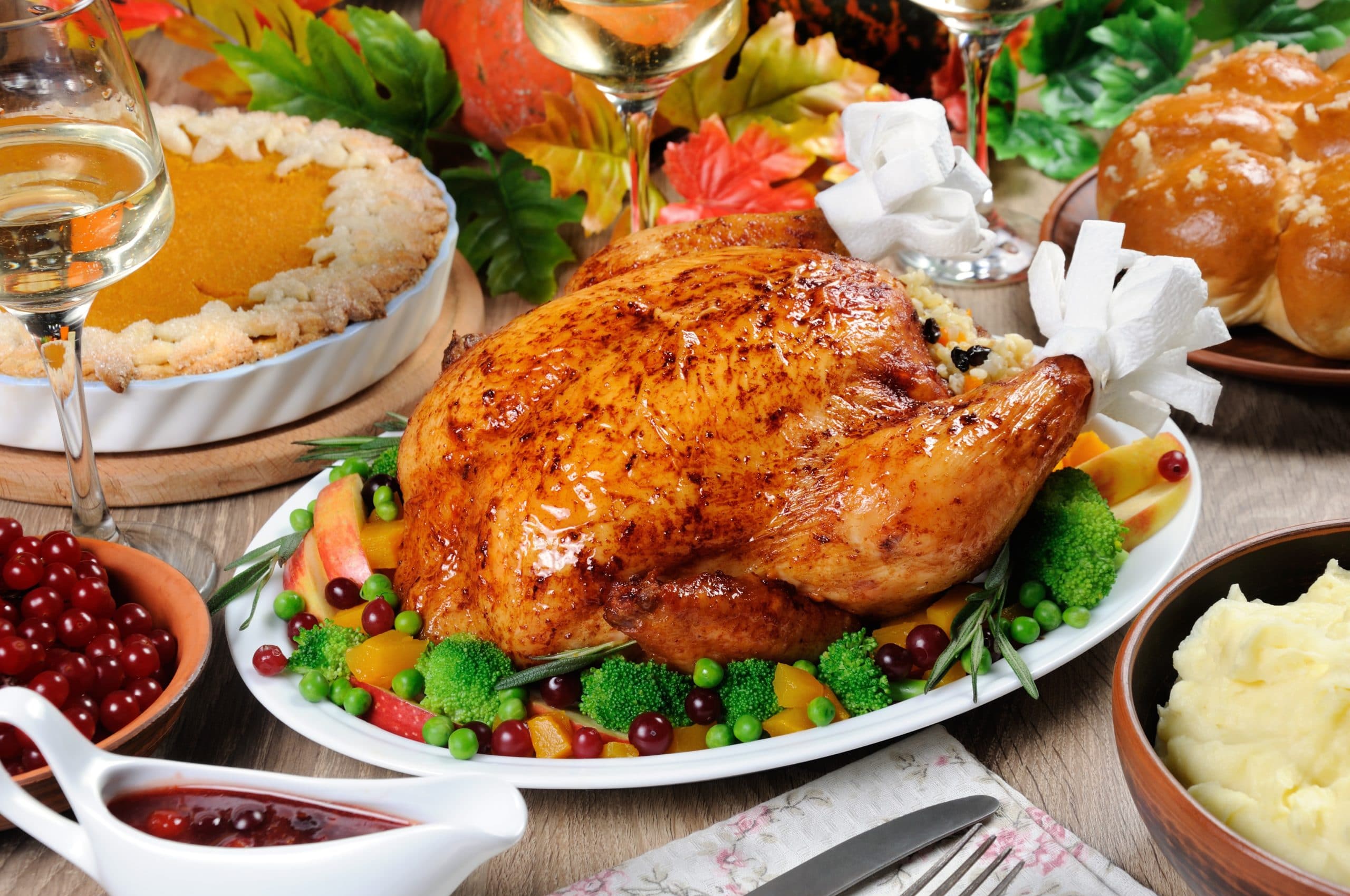Many children with autism spectrum disorder experience significant challenges when it comes to food sensitivities, food aversions and mealtime behavior. These challenges can be especially difficult to manage during the holiday season. With Thanksgiving arriving later this week, we’ve compiled some suggestions to make your holiday dining experiences as stress-free as possible.
1. Cook with your child
Cooking is a wonderful way to bond with your child. Not only does cooking teach important skills like math and reading, it also helps with attention, executive functioning and is a great way to provide sensory stimulation. Equally important, cooking is a way to help your child interact with food without the sort of expectations that may exist during mealtimes. When your child sees the ingredients used to prepare a traditional Thanksgiving dish and feels a sense of accomplishment for their role in making it, they may be more enthusiastic about tasting it. If you’re lucky, they will begin to view Thanksgiving foods in a positive light.
2. Choose menu items thoughtfully
Look for Thanksgiving menu items that are well-suited to your child’s food preferences. As Autism Parenting blogger Rebecca Conik writes, “holiday casseroles are hard for hesitant eaters; you cannot quite tell what is in them, and it is hard to predict the taste. For the best chance of success in introducing and cooking new holiday dishes, choose recipes that are straightforward, customizable, and contain at least some familiar ingredients.”
3. Create a Thanksgiving Sensory Feast
A Thanksgiving sensory feast is a terrific way to expose children with ASD to new foods while teaching them about the meaning of the holiday. Music therapist Rachel Rambach recommends making pumpkin pie and cranberry sauce playdough; dry corn and dry stuffing sensory bins; and potatoes and gravy stamp paintings. For detailed instructions, see Rambach’s blog here.
4. Be flexible
Don’t stress yourself or your child by insisting that they eat everything on the Thanksgiving menu. Encourage them to try a couple of foods, but come prepared with some backup snacks to ensure that your child is sated and comfortable.
5. Choose autism-friendly ingredients
According to Gabriel Williams at Neural Balance, Thanksgiving can spell trouble for children with ASD who react poorly to diets high in gluten and casein. Williams recommends using organic ingredients that are gluten and casein-free. In addition, be mindful of the turkey you select. “Any turkey that has been injected with anything is likely to contain allergens, writes Williams. “Some farms will use arsenic on the feed, which in turn becomes ingested and stays in the meat of the turkey.”
For some autism friendly recipes, visit Neural Balance here.

